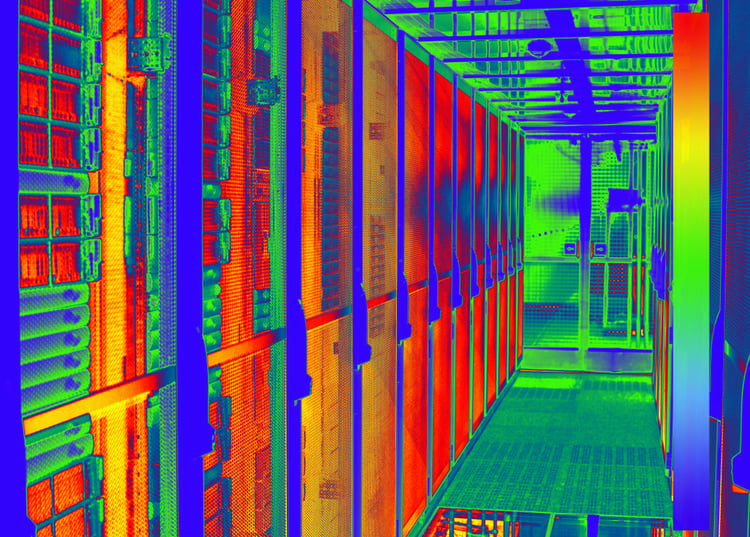The emissions released by a building are strongly related to energy consumption, but there are other factors that also have an impact. To effectively reduce emissions , the first step is to know how they are being released. For example, a building that uses 100,000 kWh from a coal-fired power plant has a much greater impact than a building that uses 100,000 kWh from clean sources.
When building owners know how emissions are produced, they can also make better decisions to reduce them. This way, they can maximize the greenhouse gases avoided for every dollar spent. On the other hand, when energy saving measures are chosen without data, they may not have the expected results.
Reduce your building's energy bills and emissions with a professional MEP project
In general, energy upgrades will reduce operating costs and emissions. However, there may be cases where only one effect is achieved. For example, LED lighting reduces energy costs, but emissions will remain the same if the electricity already comes from clean sources. There may also be cases where a building switches to a cleaner energy source, but the operating costs remain the same – only emissions are reduced.
Generating Energy Data with Benchmarking

Benchmarking is a very effective method for obtaining building energy consumption data. The following are some of the key questions that can be answered:
- How much energy does my building use each year?
- How is my consumption divided? What energy sources am I using?
- How does my energy consumption compare to other buildings?
Thanks to benchmarking, New York City has generated the largest dataset on building energy consumption in the US. This was accomplished with Local Law 84 of 2009, which makes benchmarking mandatory for buildings over 25,000 square feet. Originally, the law only covered buildings larger than 50,000 square feet, but it was changed in 2016.
Benchmarking data is used to calculate ENERGY STAR Scores , which indicate how a building performs on a scale of 1 to 100, compared to others of its type. A score of 50 means your building outperforms 50% of similar properties, while a score above 90 means your building is in the top 10%.
In New York City, ENERGY STAR scores are used to calculate building energy classes A through F under Local Law 33. Additionally, the benchmarking process required by LL84 utilizes ENERGY STAR's Portfolio Manager tool.
Using energy modeling to reduce emissions and energy costs

Energy modeling can provide an even more accurate picture of how energy is used in your building. You can also use modeling to predict the energy performance of a building that has not yet been built. In both cases, you get a clear picture of how your investment is converted into energy savings and GHG reductions.
The benefits of energy upgrades are often calculated in isolation, without considering how different building systems interact. However, when energy modeling is used, your entire building is analyzed as an interconnected system. For example, consider an LED lighting upgrade:
- By comparing the kWh consumption of the new luminaires and the previous installation, you can estimate direct savings.
- However, LED lighting also has a small impact on HVAC performance. The air conditioning load is reduced because the lighting system emits less heat, which also means that the heating load increases slightly during winter.
This is just a simple example, but many interactions like this happen during a building upgrade. When the benefits of energy efficiency measures are calculated separately, the estimated savings may differ significantly from the actual result. Energy modeling can help you identify measures that will maximize savings and avoided emissions.
In the case of New York City, emissions cuts will also translate into avoided penalties starting in 2024. Local Law 97 of 2019 introduced emission limits for buildings above 25,000 sf, and the fine is $268 per ton CO2 equivalent metric above limit. Energy modeling can also be used to more accurately calculate avoided penalties.
Conclusion
When a building is being modernized to save energy and reduce emissions, consumption data is very useful. Knowing total energy consumption and emissions is useful as a starting point, but detailed analysis is required to make the best investment decisions.
Benchmarking can be used to track energy consumption by source and also to compare similar buildings. Energy modeling is very useful when you need an accurate analysis for a specific building – even when it only exists as design documents!

